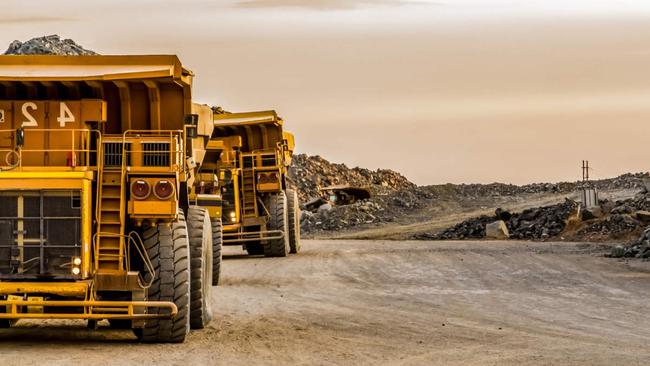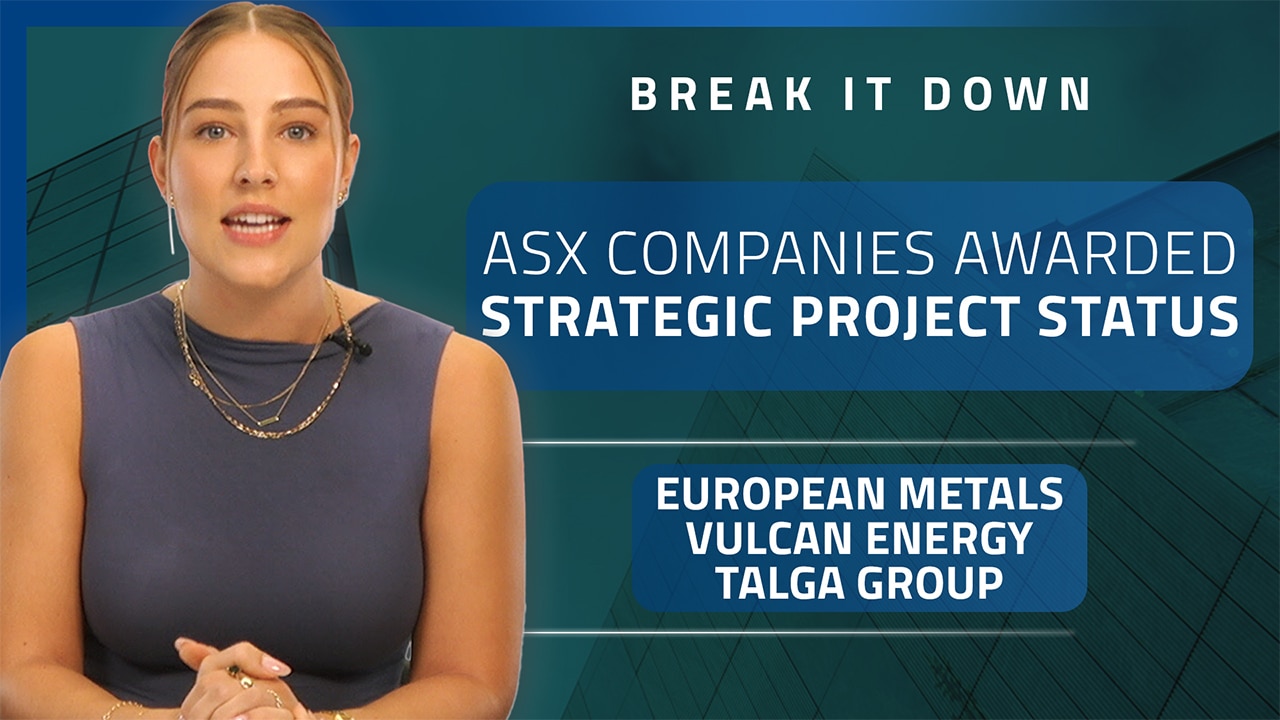BHP cuts dividend as global economic uncertainty hits, but copper business grows
BHP has cut its interim dividend by 31%, but delivered an optimistic outlook on its copper business in its first half results.

Stockhead
Don't miss out on the headlines from Stockhead. Followed categories will be added to My News.
BHP has lifted its copper earnings to 39% of its portfolio
Comes as iron ore prices cool and global economic uncertainties swirl
BHP cuts dividend by 31%
BHP (ASX:BHP) remains confident global megatrends including a booming international population, the energy transition, data centre construction and AI will see a boom in demand for metals and minerals.
But it has responded to global economic uncertainty and falling iron ore prices by cutting its half-year dividend by 31% to US50c, tipping close to $4bn into the pockets of shareholders.
That was no shock, coming in slightly above consensus (US49c), with profit lifting 376% to US$4.4bn after 2024's accounts were infected by big impairments on the now mothballed Nickel West business. Underlying profit, however, sunk 23% to US$5.1bn.
Underlying EBITDA was nearly bang on consensus at US$12.5bn, down 11% YoY, with an underlying EBITDA margin of 51.1%.
That was still dominated by iron ore, which delivered 56% of earnings, though a 44% lift in copper EBITDA on both higher prices (up 9% to US$3.99/lb) and a 10% lift in production to 987,000t saw its share of earnings lift from 25% to 39%.
BHP CEO Mike Henry, who will welcome Kiwi former NAB chief Ross McEwan into the role of chair at the end of March, replacing Ken MacKenzie, pointed to green shoots though, including "resilient" US economic performance, early signs of recovery in China and "strong growth" in India.
BHP's iron ore division says underlying EBITDA fell from US$9.7bn in H12024 to US$7.2bn in H12025, with average prices 22% off to US$81.11/wmt even as production lifted 1% to 131Mt on an equity basis.
The miner continued to claim its status as the world's lowest cost iron ore producer at US$18.19/t, towards the bottom end of its US$18-19.50/t range and 1% lower than US$18.46/t in H12024.
But it said the recent Tropical Cyclone Zelia event, which temporarily shut Port Hedland and dumped over 200mm of rainfall in mere hours in some parts of the Pilbara over the weekend, will mean BHP won't make the upper half of its 100% guidance of 282-294Mt from WAIO.
Elsewhere, its steelmaking coal business in Queensland, BMA, was hit by a 23% drop in prices to US$206.37/t and 21% fall in production to 8.9Mt, with energy coal production from Mt Arthur down 1% to 7.4Mt and prices stable at a mild US$124.42/t.
Its coal assets delivered just 5% to BHP's overall underlying EBITDA at US$600m.
Is bigger better?
BHP has rapidly escalated its positioning of copper, renowned as a future-facing commodity within its business. It now factors 3Mt of demand from data centres into its 2050 demand outlook for copper of 50Mtpa (up from 32Mtpa today), with Henry telling media on a call this morning that its strategic shift to foreground its copper growth had been identified and set in place over a number of years.
"I'll take everybody back to the strategy or the priorities we set out a number of years ago, which was to continue to run our iron ore business at world class levels," Henry said.
"We wanted to optimise our coking coal business to ensure that we were focused on the best of the best coals ... where we saw demand being most resilient and potential for price upside.
"And then we said our growth we wanted to occur predominately in copper and potash and that's exactly what you see playing out now.
"We see growing returns from copper, partly volume driven ... by the end of this financial year we expect to have grown volumes by 24% over the past three years in copper."
BHP sees prices for copper moving higher to incentivise new production at the same time as it says pig iron demand is falling as Chinese steel production plateaus at around 1Btpa and more scrap steel makes its way into the global supply chain.
Its copper plans have been propped up heavily by recent M&A. Its $9.6bn cash acquisition of OZ Minerals has built a 350,000tpa copper business in South Australia, which it plans to grow to 650,000tpa by the mid-2030s.
A US$3bn investment in two assets in Argentina's Vicuna region, alongside the Lundin Group, will also form a major future growth leg with the development of the greenfields Filo Del Sol and Josemaria mines.
But BHP has gone a little quiet on large scale M&A since it was knocked back last year by Anglo American, owner of stakes in tier-1 copper mines in Chile and Peru, in a mega-merger.
The world's biggest miner's growth plans were placed under the microscope again early this year when it was revealed Glencore and Rio Tinto had held discussions at an early stage on a tie-up that would have given them a larger market cap and copper production line than BHP.
But Henry wouldn't be drawn on whether he felt pressure to pursue more growth through the handshake.
"I get why the questions get asked around M&A and you'd expect that for a company of our size, we do evaluate opportunities from time to time," Henry said.
"But in the current market, it is increasingly challenging to do large global M&A for shareholder value, and that's what BHP is about at the end of the day. It's about creating more value for shareholders."
RBC's Kaan Peker said the bank expects to see "3% Cu equivalent growth in FY25, which should continue to support earnings despite our declining iron ore price forecasts."
Companies run up the numbers
More ASX companies were on the card to report their financials as the season gets underway in earnest.
While BHP shares rose slightly, Deterra Royalties (ASX:DRR) stock fell 3% as its revenue dropped 6% to $112.3m on lower iron ore prices.
DRR holds a royalty over Mining Area C near Newman, where BHP's newest major iron ore mine South Flank is based, which generated record sales of 68.7Mt in the first half, delivering Deterra $103.7m in revenue.
It also booked $7.9m in revenue from its newly acquired Trident Royalties business, generating underlying EBITDA of $105.9m and underpinning a 9c per share dividend, 74.5% of NPAT or $47.5m.
Among the mining contractors, SRG Global (ASX:SRG) and Macmahon Group (ASX:MAH) were hit hard on their results, with the latter reporting an 18% drop in profit after income tax to $30m, declaring a 0.55c per share dividend. That was still 0.1c above last year's interim dividend and, unlike last year's, came fully franked.
Monadelphous Group (ASX:MND) shares, on the other hand, lifted 7% as profit rose 41.33% to $42.5m.
That saw the engineering services provider lift its half-year payout from 25c last year to 33c this year, with ~$32.5m to be returned to shareholders.
Originally published as BHP cuts dividend as global economic uncertainty hits, but copper business grows


